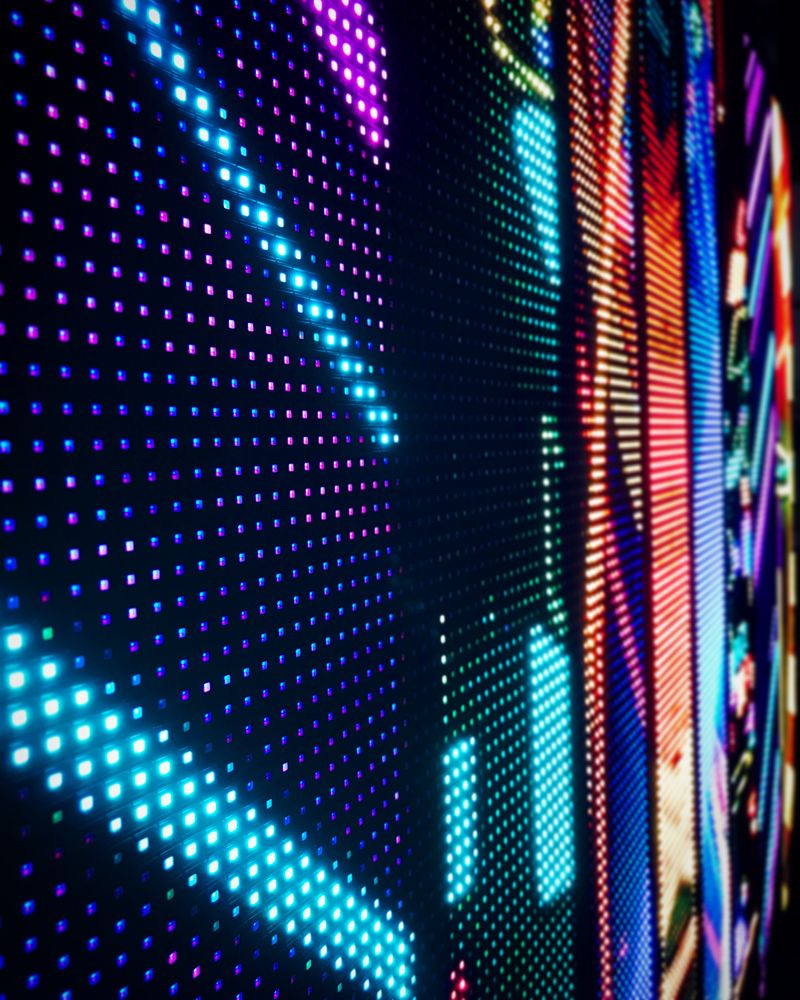Investigating the Durability of LED Display Panels in Contrast to Traditional Screen Methods
Investigating the Durability of LED Display Panels in Contrast to Traditional Screen Methods
Blog Article
LED wall screens have grown progressively favored in recent times, particularly in settings like schools, corporate spaces, and community areas. These panels use LED lights (LEDs) to create vivid and vibrant images. One of the most notable advantages of LED technology is its durability in contrast to traditional display methods, such as CRT ray monitors (CRTs) and liquid display screens. Grasping the differences in duration and performance between these options can help consumers make knowledgeable decisions about their display needs.
Classic screen technologies, like CRTs, have been around for numerous decades. They were frequently used in televisions and PC screens. However, CRTs have a shorter duration, typically lasting approximately 10,000 to 20,000 hrs of use. This means that after a few of years, users may observe a deterioration in image quality, such as fading or color deformation. In comparison, LED wall screens can last significantly longer, often exceeding 50,000 hrs. This extended duration means that users can enjoy reliable performance without the requirement for regular replacements.
Another important factor to take into account is power conservation. LED panel panels utilize less energy than traditional displays, which not only benefits the ecosystem but also reduces power costs. For instance, while a CRT screen may use around 100 W of power, an LED screen can consume as few as 30 to 50 watts. This difference in power consumption adds to the total durability of LED innovation, as reduced power usage generates minimal heat. Excessive thermal energy can harm electronic components, resulting to a shorter lifespan for conventional screens.
In furthermore to their extended lifespan and energy conservation, LED panel panels also offer superior visual clarity. They provide brighter hues and improved differentiation, making them perfect for multiple applications, from marketing to learning presentations. The technology behind LED screens allows for a wider viewing angle, meaning that images remain sharp and vibrant even when viewed from the flank. This is a major benefit over conventional displays, which often suffer from hue deformation and reduced luminosity at broader angles.
In conclusion, the longevity of LED panel screens compared to conventional screen technologies is a crucial factor for buyers to take into account. With lifespans that can exceed 50,000 hrs, energy efficiency, and superior visual clarity, LED technology provides many benefits. As technology continues to advance, LED panel screens are probably to become even more prevalent in various settings. Grasping these differences can led video wall rental for events help people and organizations make better decisions when purchasing in screen innovation, ensuring they receive the best value for their needs.
